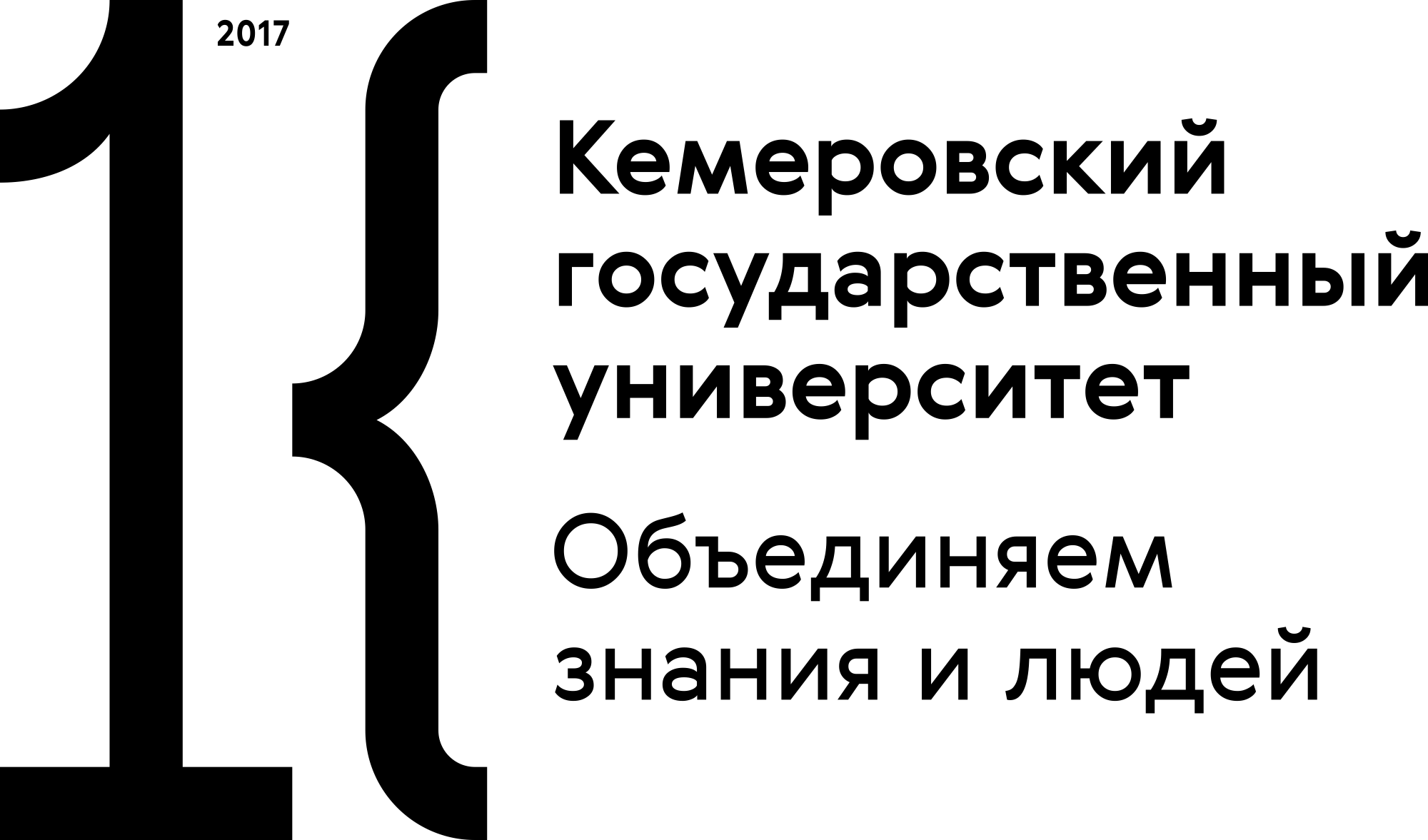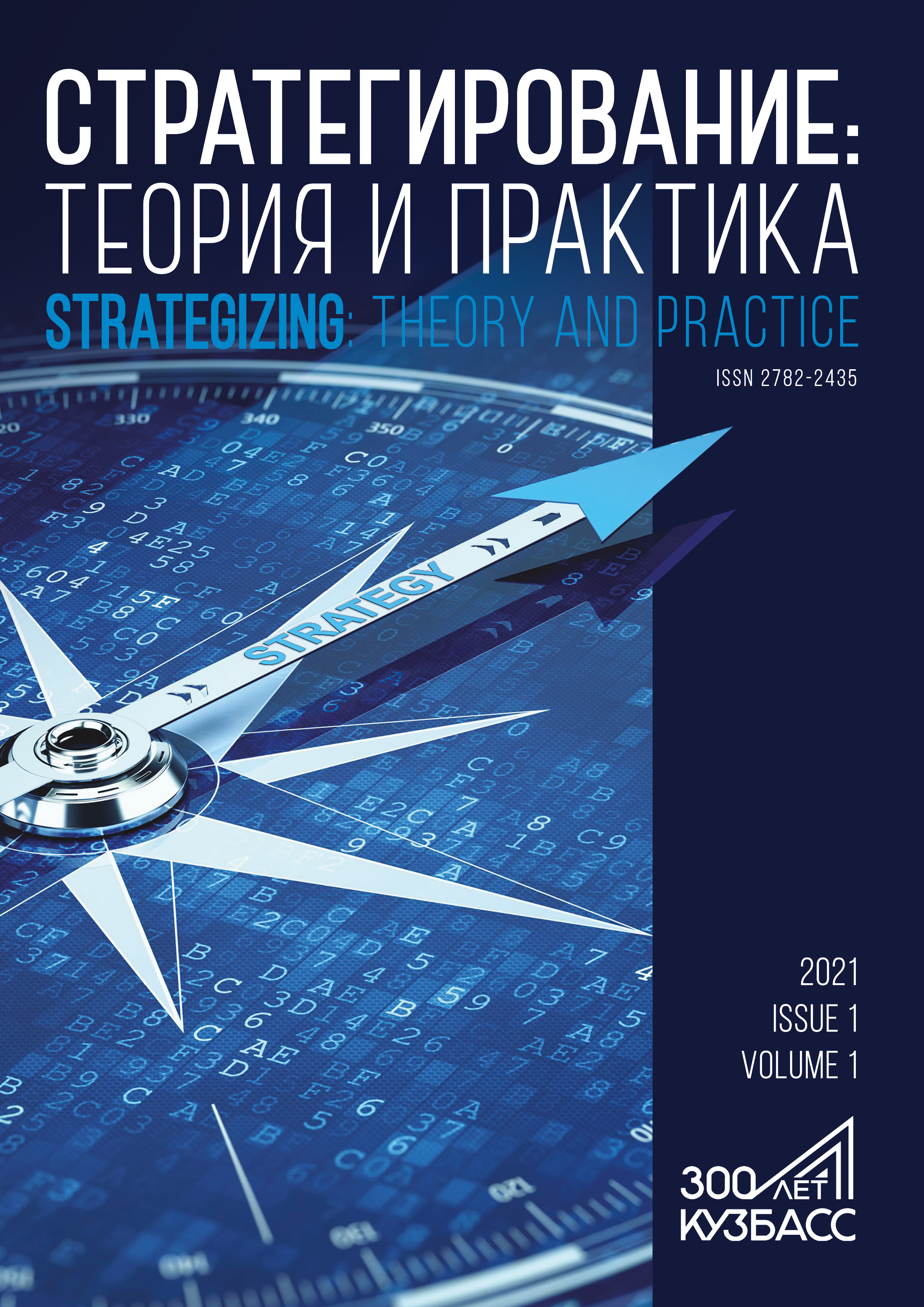Free Economic Society of Russia (President)
International Union of Economists (President)
Russian Academy of Sciences (Expert)
St. Petersburg, Russian Federation
New production technologies create more opportunities to meet people’s needs. However, they inevitably increase the antropogenic load on the environment. Therefore, the social conditions of industrial production have to be changed in such a way as to use the new technologies to solve the emerging problems without aggravating them. One option is to increase the knowledge intensity of production, which means that specific weight of knowledge should be embodied in the production and dominate the material costs. Another option is to replace human functions by automated production means. However, the current social production conditions concentrate new technological opportunities on the production and sales growth, which further increases consumption and the volume of absorbed natural resources. Consumption also grows due to the false needs imposed on consumers. Knowledge-intensive production creates prerequisites for the transition to the second generation industrial society, but this transition alone cannot solve the numerous global problems. The only solution is to replace the current economic criteria of production and consumption with those based on reason and culture, i.e. noonomy, which is a non-economic way of satisfying people’s needs. The roadmap towards noonomy should be a consciously managed strategic project based of the concept of strategizing developed by Professor V.L. Kvint.
technology, knowledge-intensive production, ecological balance, personality development, simulacra, creative activity, noonomy, strategizing
1. Bodrunov SD. New industrial society. Production. Economy. Institutions. Economic Revival of Russia. 2016;48(2):5-14. (In Russ.)
2. Bodrunov SD. New industrial society: Structure and content of public production, economic contacts, institutions. Economic Revival of Russia. 2015;46(4):9-23. (In Russ.)
3. Bodrunov SD. Noonomika [Noonomy]. Moscow: Kulʹturnaya revolyutsiya; 2018. 432 p. (In Russ.)
4. Kvint VL. To the analysis of the formation of a strategy as a science. Vestnik TSEHMI [Bulletin of the Central Institute of Economics and Mathematics]. 2018;(1). (In Russ.) https://doi.org/10.33276/S0000121-6-1.
5. Kvint VL. Kontseptsiya strategirovaniya. T. 1 [The concept of strategizing. Vol. 1.]. St. Petersburg: SZIU RANKhiGS; 2019. 132 p. (In Russ.)
6. Kvint VL. The concept of strategizing. Vol. 2. St. Petersburg: SZIU RANKhiGS; 2020. 162 p. (In Russ.)
7. Kvint VL. Development of strategy: Scanning and forecasting of external and internal environments. Administrative Consulting. 2015;79(7):6-11. (In Russ.)
8. Kvint VL, Bodrunov SD. Strategirovanie transformatsii obshchestva: znanie, tekhnologii, noonomika [Strategic transformation of society: knowledge, technology, and noonomy]. St. Petersburg: INIR im. S.YU. Vitte; 2021. 351 p. (In Russ.)
9. Kvint VL, Khvorostyanaya AS, Sasaev NI. Advanced technologies in strategizing. Economics and Management. 2020;26(11):1170-1179. (In Russ.) https://doi.org/10.35854/1998-1627-2020-11-1170-1179.
10. Acevedo A. A personalistic appraisal of Maslow’s needs theory of motivation: From “humanistic” psychology to integral humanism. Journal of Business Ethics. 2018;148(4):741-763. https://doi.org/10.1007/s10551-015-2970-0.
11. Alderfer CP. An empirical test of a new theory of human needs. Organizational Behaviour and Human Performance. 1969;4(2):142-175. https://doi.org/10.1016/0030-5073(69)90004-X.
12. Antony S, Tramboo IA. Hyperreality in media and literature: An overview of Jean Baudrillard’s Simulacra and Simulation. European Journal of Molecular and Clinical Medicine. 2020;07(10):3314-3318.
13. Baudrillard J. Pour une critique di l’economie politique du signe. Paris: Gallimard; 1972. 268 p.
14. Baudrillard J. Simulacres et simulation. Paris: Galilee; 1981. 115 p.
15. Bodrunov S. Noonomy as the material basis for a prospective humanitarian model of public order. Sustainability. 2021;13(3). https://doi.org/10.3390/su13031454.
16. Bourdieu P. The social structures of the economy. Malden: Polity; 2005. 180 p.
17. Broudy D, Arakaki M. Who wants to be a slave? The technocratic convergence of humans and data. Frontiers in Communication. 2020;5(37). https://doi.org/10.3389/fcomm.2020.00037.
18. Conlisk J. Why bounded rationality? Journal of Economic Literature. 1996;34(2):669-700.
19. Connolly W. Climate machines, fascist drives, and truth. Durham: Duke University Press; 2019. 136 p.
20. Connolly W. Facing the planetary: Entangled humanism and the politics of swarming. Durham, London: Duke University Press; 2017. 232 p.
21. Desmet P, Fokkinga S. Beyond Maslow’s pyramid: Introducing a typology of thirteen fundamental needs for human-centered design. Multimodal Technologies and Interaction. 2020;4(3). https://doi.org/10.3390/mti4030038.
22. Foley DK. Rationality and ideology in economics. Social Research. 2004;71(2):329-342.
23. Frank M, Roehrig P, Pring B. What to do when machines do everything: How to get ahead in a world of AI, algorithms, bots, and big data. Hoboken: Wiley; 2017. 256 p.
24. Galbraith JK. The new industrial state. Boston: Houghton Mifflin; 1967. 443 p.
25. Green DP, Fox J. Rational choice theory. In: Outhwaite W, Turner SP, editors. The SAGE handbook of social science methodology. London: Sage; 2007. pp. 269-282.
26. Heilbroner R. Behind the veil of economics: Essays in the worldly philosophy. New York: W. W. Norton; 1988. 207 p.
27. Hollis M, Nell EJ. Rational economic man: A philosophical critique of neo-classical economics. London, New York: Cambridge University Press; 1975. 279 p.
28. Huang Y. The construction of hyper-reality of advertisement in consumption culture. Journal of Asian Research. 2019;3(2):190-205. https://doi.org/10.22158/jar.v3n2p190.
29. Jameson F. Postmodernism or the cultural logic of late capitalism. Durham: Duke University Press; 1991. 438 p.
30. Korotayev A, LePoire DJ. The 21st century singularity and global futures: A big history perspective. Cham: Springer; 2020. 620 p. https://doi.org/10.1007/978-3-030-33730-8.
31. Levine DP, Abu Turab Rizvi S. Poverty, work, and freedom: Political economy and the moral order. Cambridge: Cambridge University Press; 2005. 172 p.
32. Maslow AH. Motivation and personality. New York: Harper and Brothers; 1954. 411 p.
33. McCleskey JA, Ruddell L. Taking a step back - Maslow’s theory of motivation: A Christian critical perspective. Journal of Biblical Integration in Business. 2020;23(1):6-16.
34. McKinnon AM. Ideology and the market metaphor in rational choice theory of religion: A rhetorical critique of “religious economies”. Critical Sociology. 2013;39(4):529-543. https://doi.org/10.1177/0896920511415431.
35. Morris J. Simulacra in the age of social media: Baudrillard as the prophet of fake news. Journal of Communication Inquiry. 2021;45(4):319-336. https://doi.org/10.1177/0196859920977154.
36. Reisach U. The responsibility of social media in times of societal and political manipulation. European Journal of Operational Research. 2021;291(3):906-917. https://doi.org/10.1016/j.ejor.2020.09.020.
37. Rubin PH, Capra CM. The evolutionary psychology of economics. In: Roberts SC, editor. Applied evolutionary psychology. New York: Oxford University Press; 2011. https://doi.org/10.1093/acprof:oso/9780199586073.003.0002.
38. Schram SF, Caterino B. Making political science matter: Debating knowledge, research, and method. New York, London: New York University Press; 2006. 304 p.
39. Sen A. Development as freedom. New York: Alfred A. Knopf; 1999. 380 p.
40. Spelda P, Stritecky V. The future of human-artificial intelligence nexus and its environmental costs. Futures. 2020;117. https://doi.org/10.1016/j.futures.2020.102531.
41. Strubell E, Ganesh A, McCallum A. Energy and policy considerations for deep learning in NLP. Proceedings of the 57th Annual Meeting of the Association for Computational Linguistics; 2019. Florence. Florence: Association for Computational Linguistics; 2019. p. 3645-3650.
42. Susser D, Roessler B, Nissenbaum H. Technology, autonomy, and manipulation. Internet Policy Review. 2019;8(2). https://doi.org/10.14763/2019.2.1410.
43. Meadows DH, Meadows DL, Randers J, Behrens III WW. The limits to growth: A report for the Club of Rome's project on the predicament of mankind. New York: Universe Books; 1972. 211 p.




